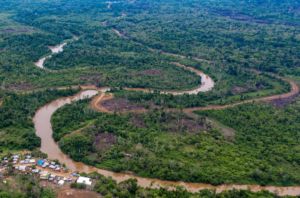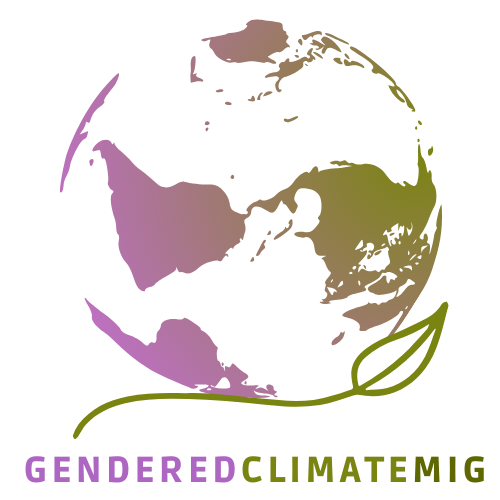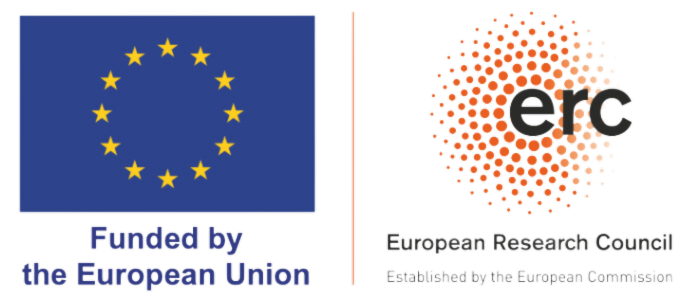‘Continuum’ of Violence: Dangerous Migration Journeys Within the Darién Gap and Beyond

Credit: Luis Acosta / AFP / Getty Images
02 April 2024
In late February of this year, Doctors Without Borders/Médecins Sans Frontieres (MSF) sought action to address the steady rise in sexual violence among migrant persons crossing the Darién Gap – a “roadless, heavily forested region between Colombia and Panama” stretching for some 60 miles. This route is considered extremely dangerous, but it is the only way to walk from South to Central America. Between January and April 2023, over 127,000 people crossed the Darién Gap “which is five times more than in the same period in 2022.”
The majority (over half) of those crossing are Venezuelans. The crisis in Venezuela has led to an increase in people fleeing the country. As of today, over 7 million Venezuelans, approximately 27 percent of the total population have fled “making it one of the largest international displacement in the hemisphere’s history.” Mexico’s recent (21 January 2022) visa requirement for Venezuelans has meant that those who may have previously flown to Mexico as a tourist, then presented themselves at a U.S. border to claim asylum, could no longer do so. Therefore, they have sought alternative paths like the Darién Gap.
Prolonged violence coupled with economic and political instability causes an increasing number of people to move more than once. Take Marianela Rojas for example, she left Venezuela with her children and settled in Ecuador. However, after struggling to find enough work, she ultimately decided to uproot her life again, making the journey towards the United States alone. Armed groups operating in the Darién Gap are aware of the exceptional circumstances that lead to people crossing the area and take advantage of migrants’ vulnerability. The situation is becoming worse than in previous years.
Luis Eguiluz, MSF Head of Mission in Panama and Colombia says, “we had already treated very high numbers of people in December and January, and there was talk of occasional deaths. But now, in these latest attacks, the level of brutality is extreme: armed men are detaining larger and larger groups of migrants, between 100 and 400 people; threatening them, assaulting them, systematically sexually abusing women, in front of other migrants and even in front of their families and children. In a recent episode, several migrants told us how those who refused to cooperate were shot dead.”
‘Continuum’ of violence
The sexual violence that migrants are experiencing in the Darién Gap is not limited to that region, unfortunately. A recent IOM blog highlights that there is an “increasing number of women migrating independently [and]… an individual’s gender influences their experience of migration, including the risks and vulnerabilities involved in their journey.” Furthermore, the sexual violence does not stop once their migration journey does. In fact, there is a ‘continuum’ of violence –“distinct forms of gender-based violence (GBV) that affect women during the migration, and especially forced migration journeys, with the latter being conceptualized as non-linear processes with various spatial, temporal and legal-status associated stages.”
Ethnographic research conducted by Nina Sahraoui and Jane Freedman in France highlights that “it is important to analyze women’s experiences of violence not as singular or detached incidences which relate only to the specific conditions which precipitated their migration and which motivate their asylum claims, but to explore the connections and continuum between these and the ways that they are rooted in common structures of inequality and discrimination.” An article published on InfoMigrants confirms the risk of women and children throughout their migration journey in Europe; even “after escaping violence in their homeland, there is no guarantee that they will find safety upon arrival” to their destination. As recounted by Sou-Jie van Brunnersum on InfoMigrants, the violence may even be unexpected, as was the case for an Afghani woman who escaped to Bulgaria with her family. Once in Bulgaria, she faced domestic violence from her partner for the first time. She sought help from Mission Wings, a Bulgarian human rights NGO. With their help, she was able to obtain refugee status and relocate to Germany with her children. Sadly, she is one of the lucky few who are able to escape violent circumstances.
Coordinated action
Existing national policies and infrastructures are not well-suited to properly address the sexual violence targeting migrants both during their crossing and after they reach their destinations. Objective 7, paragraph 23c of the Global Compact for Safe, Orderly and Regular Migration has a goal to develop “assistance, health care, psychological and other counseling services, as well as access to justice and effective remedies, especially in cases of sexual and gender-based violence, abuse and exploitation.” Migrants who cross remote, dangerous routes like the Darién Gap are in special need of these services. However, organizations like MSF providing essential services have had their activities stopped. Coordinated action across different levels (local grassroots, national, and international) will be required to ensure migrants have some level of access to health care and essential treatment as they cross new, unchartered territories.

 Itziri Gonzalez Barcenas
Itziri Gonzalez Barcenas
